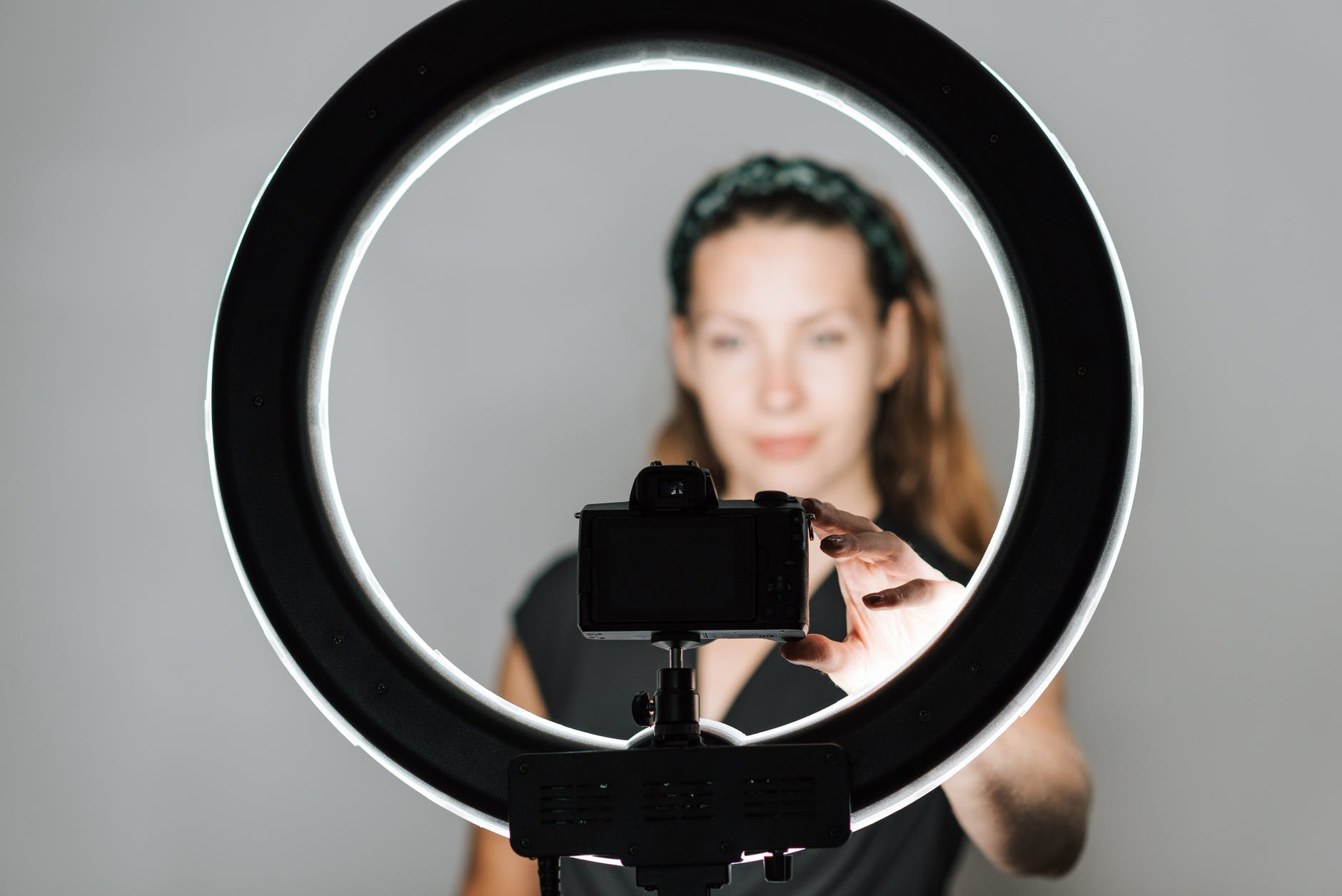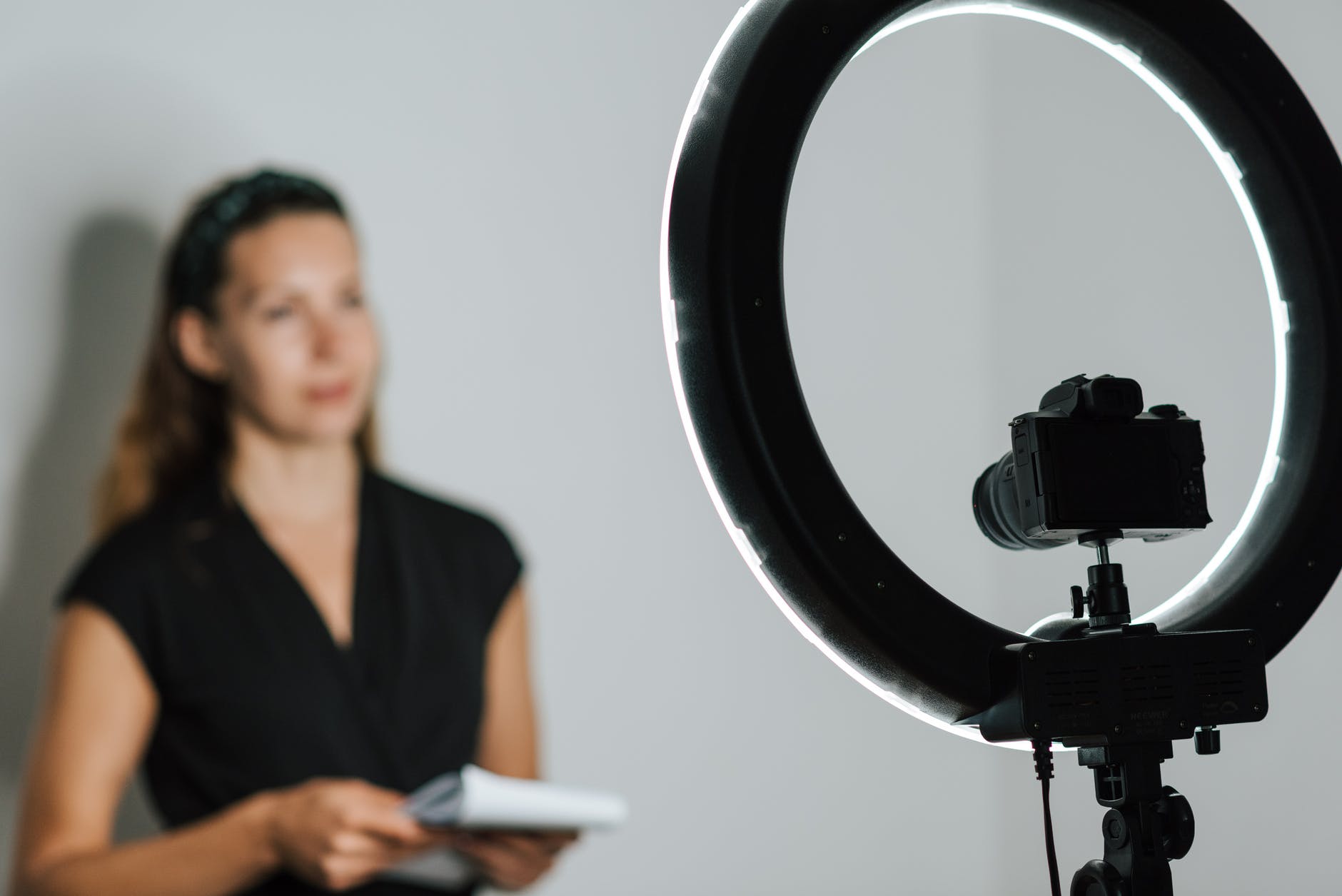The Self-Tape Checklist
Use it to make sure you don’t leave anything out of your self-tape
(by Carmichael Phillips)
 (Photo: Anete Lusina | Pexels)
(Photo: Anete Lusina | Pexels)
I can guarantee that you’ve missed something. It’s inevitable. With self-taping, there are so many things you have to get right. It’s nearly impossible to not omit at least one detail.
Then, once you send in your self-tape and the deadline passes, that’s it! Finito! And you probably won’t get another chance to do it again. So, let’s make sure you get it right the first time.
Based on my research and the information I’ve gathered from casting directors; I’ve compiled a helpful self-taping checklist. Use it to make sure you don’t leave anything out of your self-tape.
√ Slate separately
Did you film your slate separate and apart from your audition? Many casting directors request that actors do it separately. Doing so allows you the time needed to get into character while off-camera.
√ Eyeline towards your reader
Did you look into the camera lens while filming your self-tape? It’s better not to, unless otherwise instructed. Your eyeline should be towards your reader or to a place on the wall, as if you were speaking to the other character.
Also, never position your reader too far away from camera. Position your reader as close to the lens as possible. This way, you never look directly into the camera, yet casting still gets to look you in the eyes.
The exception to this rule is when a slate is requested. For slates, you should look directly to camera.
√ Keep your frame tight
 (Photo: Anete Lusina | Pexels)
(Photo: Anete Lusina | Pexels)
How tight was your frame? Unless otherwise instructed, keep your frame from the chest area to the top of your head.
Casting directors need to get a good look at your face and your eyes. That’s impossible if the camera is too widely focused.
√ No weird camera angles
Did you place the camera at a weird angle? Was it too low or too high?
Unless instructed by the CD, be sure the camera is not looking up at you or staring down on you.
√ Shoot horizontally
Did you shoot your self-tape horizontally? When shooting with your cellphone, it’s best to shoot horizontally, unless you’re told otherwise.
Why shoot horizontally? Because that’s the way movies are made.
√ Sit still
Did you do a lot of moving around while filming? That might look good in theatre acting, but it likely won’t look good on camera.
Also, you may not be aware of this while filming. But nervous tics and movements will be noticed.
√ No distracting background
Did anything in the background stand out? Above all else, your background must not distract the viewer away from your performance.
√ Use helpful wardrobe

Did your wardrobe enhance or hurt your performance? Did it suggest your role? Did you stay as far away as you could from colors that tend not to look good on camera, such as white or black or red?
√ Use a quiet room
Did any noise distract from your performance? Did any distant sounds drown out your voice while you were speaking? Can you hear yourself loud and clear?
√ Send using the proper medium
Do you know which medium the casting director wishes to receive your self-tape? For every CD that wants you to post your self-tape on Vimeo or YouTube, there are others who only want you to send via Dropbox or WeTransfer.
√ Meet the deadline
 (Photo: Markus Winkler | Unsplash)
(Photo: Markus Winkler | Unsplash)
What’s the submission deadline for your self-tape? Never forget the deadline and be sure to send it in beforehand. Set your timer for an hour before the deadline to alert you that it’s time to wrap things up and get it in.
Sending your self-tape in early is usually best, since some casting offices view submissions as they come in. Also, submitting early gives you additional slack time, in case an unexpected problem arises or in case the casting director wishes to redirect you.
Did you check all these boxes? Great! You’re ready to rock and roll.
You Might Also Like:
Meeting with an Agent



